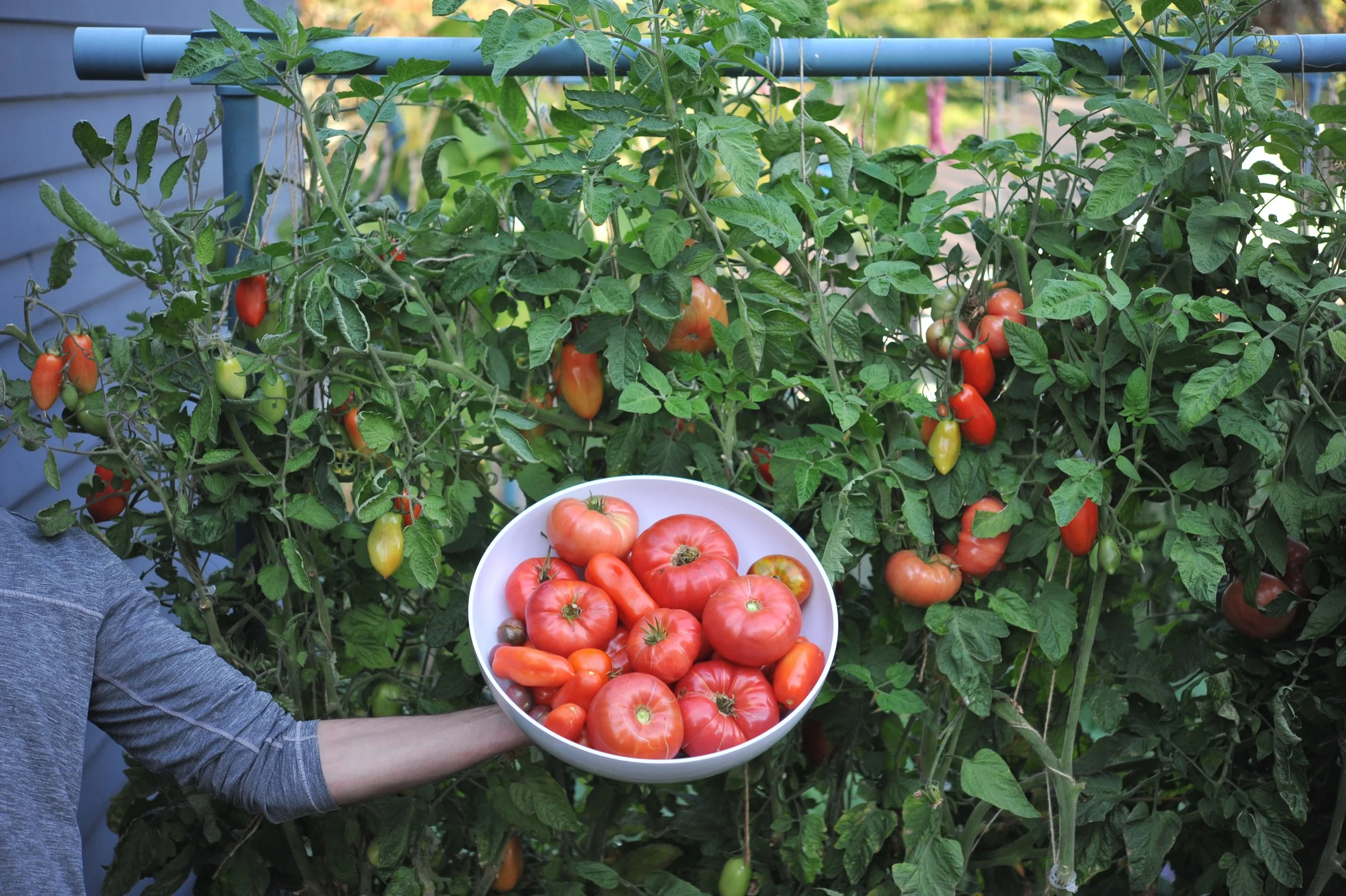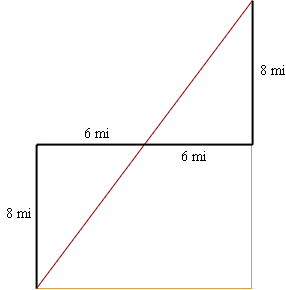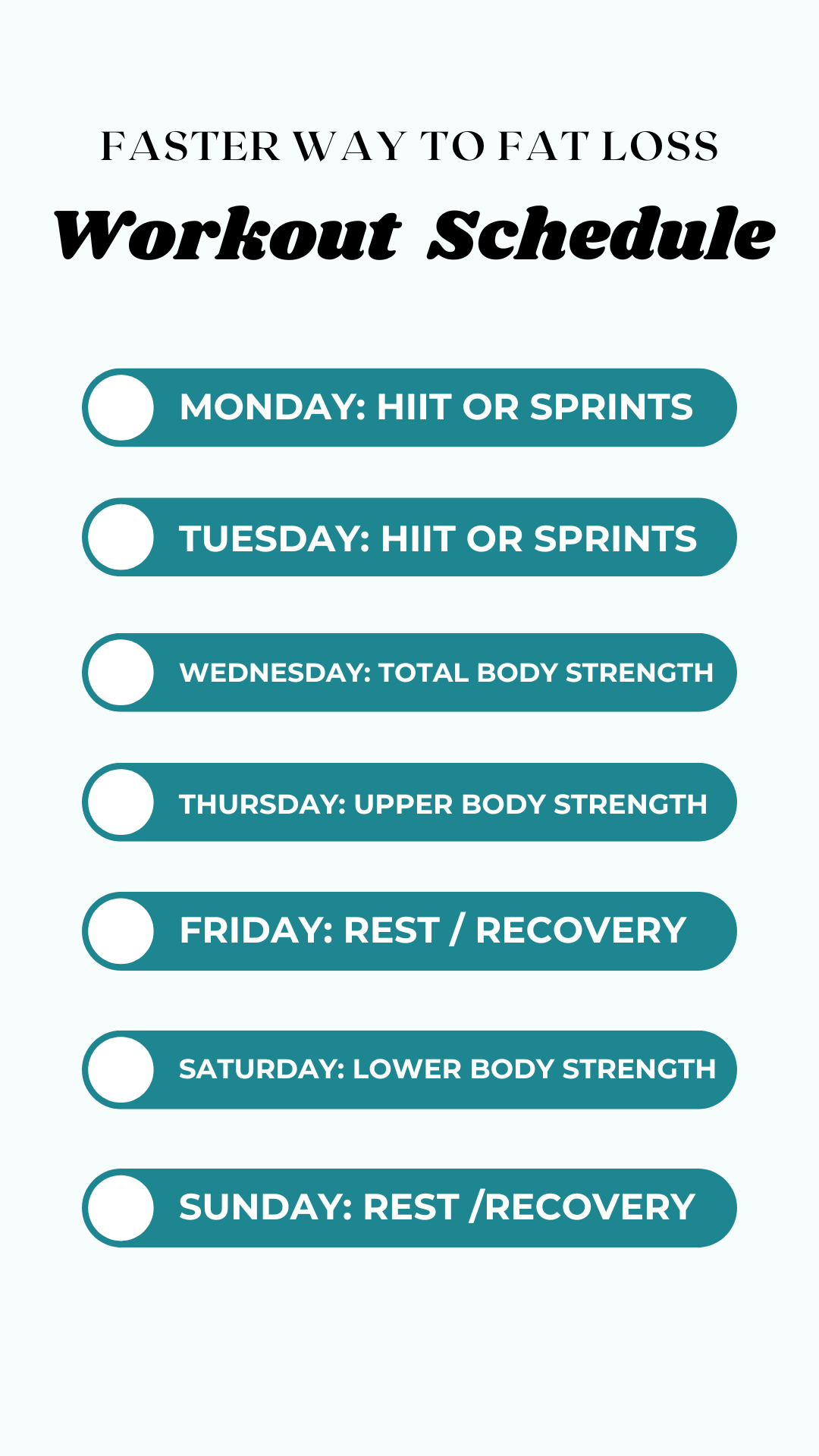Growing tomatoes in pots is an excellent way to enjoy fresh fruits, even when the garden space is limited or non-existent. Whether you’re an apartment dweller with a small balcony or you simply want to keep your gardening efforts to a manageable scale, container gardening offers a versatile solution.
Tomatoes are a popular choice for pot gardening due to their adaptability and the delicious results. With a bit of know-how, you can turn your patio, deck, or even your indoor space into a bountiful tomato oasis.
How to grow great tomatoes without a garden
Even without a traditional garden, you can still cultivate luscious tomatoes. First, choose a variety suited to containers—dwarf or bush types work well. Ensure your pots are large enough (at least 5 gallons) and have proper drainage. Place them in a spot where they will receive at least six hours of sunlight daily.
Using high-quality potting soil enriched with compost and a slow-release fertilizer will give your tomatoes the best start. Water consistently, keeping the soil moist but not waterlogged, to prevent issues like blossom end rot and splitting fruits.
Adequate support is crucial, especially for indeterminate varieties that continue to grow throughout the season. Use stakes, cages, or trellises to keep your tomato plants upright and healthy.
Benefits of growing tomatoes in pots
Container gardening offers numerous advantages. Pots can be moved to optimize sunlight exposure and can also provide better protection from soil-borne pests and diseases. It’s easier to maintain ideal soil conditions, and you can grow tomatoes in climates where in-ground gardening would be limited by the season.
Another benefit is the reduction of weeding and back strain. Raised containers are easier on the gardener’s body, and the confined soil space discourages weed growth. This makes growing tomatoes in pots a more relaxed and enjoyable activity.
Lastly, pots add aesthetic value to your outdoor living spaces, creating an attractive and functional addition to patios, balconies, and even indoor window sills.
How to successfully grow tomatoes in containers
To ensure success with your potted tomato plants, start with selecting the right container. A depth of at least 12 inches will accommodate the roots of most tomato plants. Choose pots made from materials that suit your climate, as some materials retain heat or cold more than others.
Regular feeding is essential for container-grown tomatoes. Use a balanced, water-soluble fertilizer every other week, or as recommended by the product’s instructions. Be vigilant about pests and diseases, and act quickly to mitigate any issues.
Pruning can also help your tomatoes thrive. Pinch off suckers to encourage stronger growth in the main stem and improve air circulation, which can reduce the risk of disease.
What are the best pots for tomato plants?
- Fabric pots: These allow roots to breathe and prevent overheating. They’re also lightweight and easy to move around.
- Clay or terracotta pots: They offer a classic look and good air flow, but they can be heavy and dry out quickly.
- Plastic or resin containers: These retain moisture well and come in various styles, though they may not be as durable over time.
How to prune tomatoes grown in pots?
Pruning is an important step in caring for tomato plants, especially when growing in containers. Remove the lower leaves to help prevent soil-borne diseases from splashing up onto the foliage. As the plant grows, prune the suckers to encourage a stronger, more manageable plant that can better support fruit production.
Always use clean, sharp shears and make cuts close to the main stem. Don’t remove more than a third of the plant at any one time to avoid stressing it.
Pruning also allows for better air circulation and sunlight penetration, both of which are essential for healthy tomato plants and good fruit set.
When to plant tomatoes in containers?
The best time to plant tomatoes in pots is after the last frost date in your area. Tomatoes thrive in warm temperatures, and planting too early can expose them to cold snaps that could stunt growth or kill the plants.
For a continuous harvest, consider staggering your planting times by a couple of weeks. This method will ensure that all of your tomatoes don’t ripen at once, giving you a steady supply throughout the growing season.
Remember to harden off your tomato plants before moving them permanently outdoors. This acclimatization process helps them adjust to the outdoor conditions and reduces transplant shock.
Here’s a helpful video on growing tomatoes in pots that further illustrates these tips:
Preguntas Relacionadas Sobre el Cultivo de Tomates en Macetas
How to grow tomatoes if you don’t have a garden?
If you lack garden space, growing tomatoes in containers is a viable and rewarding alternative. Start with choosing the right variety for container growing, such as determinate or dwarf types, and select a pot that’s large enough for the plant’s mature size.
Position your pots in an area where they’ll receive plenty of sunlight and monitor watering regularly to maintain consistent soil moisture. With these simple steps, you can enjoy homegrown tomatoes from your balcony, patio, or even a sunny spot indoors.
How to grow tomatoes in pots indoors?
Indoor tomato cultivation requires mimicking outdoor conditions as closely as possible. Choose a sunny window or use grow lights to provide the necessary light levels. Maintain a consistent indoor temperature favorable for tomato growth, which is usually between 65°F and 85°F (18°C – 29°C).
Be mindful of air circulation too. A small fan can help prevent disease by keeping the air moving around your plants. With proper care, you can successfully grow tomatoes indoors all year round.
Why should you sprinkle baking soda around your tomato plants?
Sprinkling baking soda around tomato plants is believed to sweeten the taste of the tomatoes. The baking soda slightly alters the pH level of the soil, which can affect the flavor of the fruits. However, use this method sparingly, as too much can harm the plants.
Another reason for using baking soda is to help prevent fungal diseases. A light dusting on the soil surface can create an alkaline environment that’s less hospitable to certain fungi. Always research and test any home remedies on a small scale to avoid potential negative effects on your plants.
How do the Amish grow tomatoes?
The Amish are known for their sustainable and organic farming practices. They often use heirloom tomato varieties and employ techniques like staking and pruning for healthier plants and better yields. Natural fertilizers and compost are also common in Amish gardens to enrich the soil without chemicals.
By following the principles of careful plant selection, adequate spacing, and attention to soil health, you can incorporate Amish growing techniques into your own container gardening practices.
Growing tomatoes in pots, whether indoors or outside, can be a delightful and fruitful endeavor. By following the guidelines provided and experimenting with different techniques, you can enjoy the taste of fresh, homegrown tomatoes throughout the year, regardless of your gardening space.





